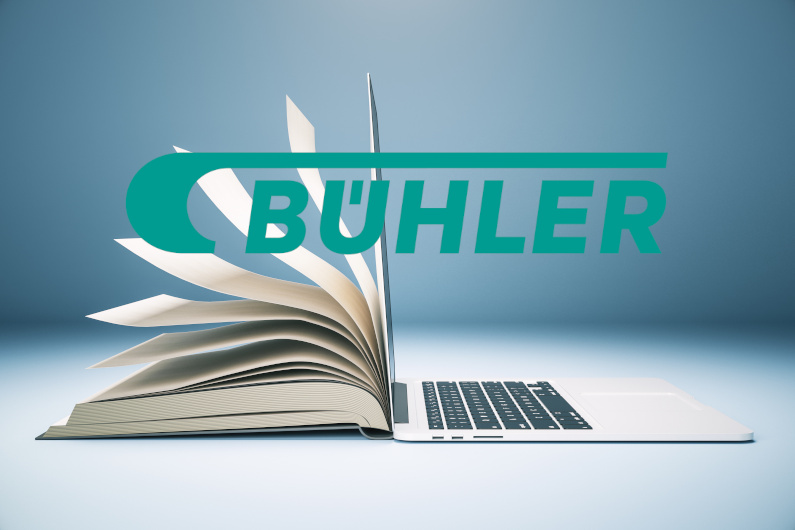
Energy consumption is undisputed at the top of the industry’s concerns and efforts for improvement. Tunnel ovens offer opportunities to go the extra mile on the path to resource savings.
The newest technology developments make tunnel ovens more energy-efficient. As more advanced systems enable energy savings, the equipment itself is easier to use, which contributes to minimizing waste of any kind.
Meincke DirectBake E by Bühler – ‘e‘ stands for ‘electric’
Bühler also sees an increase in requests for flexibility regarding energy sources, energy-saving solutions and alternative heating technologies. To these, sustainability commitments are added, which also translates into an increasing interest in carbon-neutral solutions. The company’s tunnel ovens can come with several features that help reduce the energy used in the baking process, such as:
+ Heat recovering system to preheat the fresh air with the heat from the combustion/exhaust air and wet baking air
+ Gap control to save energy during any production break
+ Humidity control system to control the residual humidity and decrease the overall energy consumption.
In addition, Bühler offers services to improve energy efficiency, such as:
+ Energy Consumption Monitoring (ECM): real-time production performance and energy consumption monitoring, enabling energy consumption optimization
+ Oven Performance Optimization (OPO): end-to-end oven assessment giving full transparency on oven & baking profile, visualization of cost, energy, and waste potential
+ Performance Assessment Workshop
“Full moisture control by zone transfers the air and moisture to the front of the baking zone to reach the convection and moisture levels necessary for ideal baking parameters in each zone, giving the same baking result as a gas oven.”
Celine Vachet, Director Product Management BU Biscuit, Bühler
This year, the Swiss manufacturer launched a new Meincke DirectBake E, the electrical version of the Meincke Direct DGF oven, as the sustainable alternative for the industrial production of biscuits, cookies, crackers, cakes and more. “It is designed for the highest product quality with zero emissions during the baking process. Full moisture control by zone transfers the air and moisture to the front of the baking zone to reach the convection and moisture levels necessary for ideal baking parameters in each zone, giving the same baking result as a gas oven,” explains Celine Vachet, Director Product Management BU Biscuit. The traditionally heated Meincke DGF can be retrofitted to use electrical power. The heating system would then be changed from gas to electric resulting in no combustion and exhaust gases.
Moreover, by combining the new DirectBake E with Bühler’s existing electrical convection oven TurbuE, a complete hybrid electrical oven can be provided, for sustainably baking all types of biscuits and crackers.

To balance the end product characteristics with process optimization, the baking profile of the products needs to be defined to have an optimized and efficient use of the energy. “The data from the devices and sensors can be made available in our Bühler Insights, a portal for connected products and services. Users can create custom dashboards, set up data-driven workflows, and visualize process key performance indicators for greater efficiency and informed decision-making,” Vachet explains. This balance can be tested at Bühler’s Biscuit Innovation Center in Denmark.
Changing times call for flexible methods – and technology concepts can provide several approaches for tunnel ovens that support the goal of baking sustainably, mindful of the resources going into the process.
The article is part of an extended feature, published in Baking+Biscuit International, Issue 5 – 2023.


